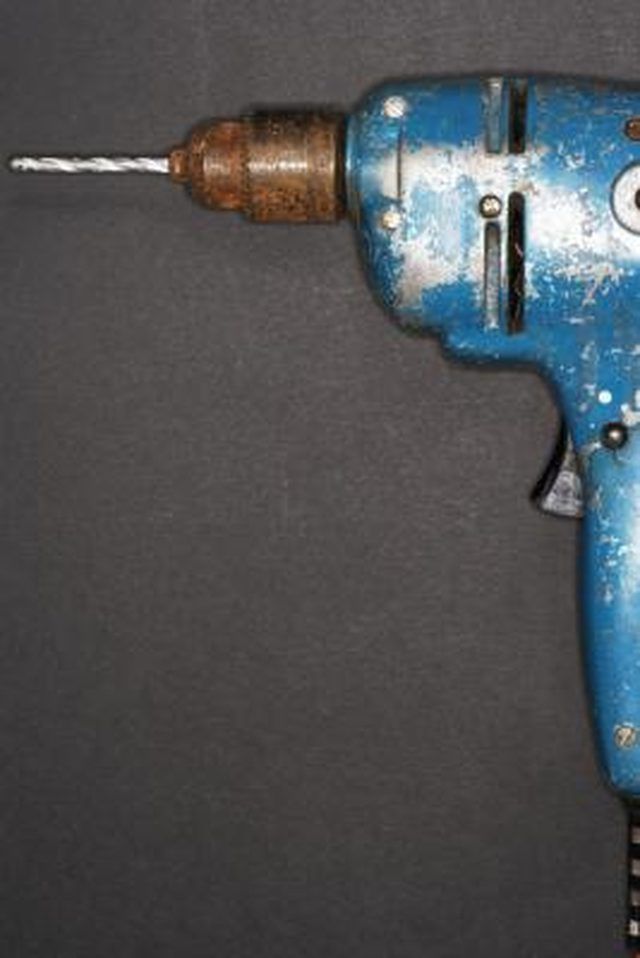Bulbs
Flower Basics
Flower Beds & Specialty Gardens
Flower Garden
Garden Furniture
Garden Gnomes
Garden Seeds
Garden Sheds
Garden Statues
Garden Tools & Supplies
Gardening Basics
Green & Organic
Groundcovers & Vines
Growing Annuals
Growing Basil
Growing Beans
Growing Berries
Growing Blueberries
Growing Cactus
Growing Corn
Growing Cotton
Growing Edibles
Growing Flowers
Growing Garlic
Growing Grapes
Growing Grass
Growing Herbs
Growing Jasmine
Growing Mint
Growing Mushrooms
Orchids
Growing Peanuts
Growing Perennials
Growing Plants
Growing Rosemary
Growing Roses
Growing Strawberries
Growing Sunflowers
Growing Thyme
Growing Tomatoes
Growing Tulips
Growing Vegetables
Herb Basics
Herb Garden
Indoor Growing
Landscaping Basics
Landscaping Patios
Landscaping Plants
Landscaping Shrubs
Landscaping Trees
Landscaping Walks & Pathways
Lawn Basics
Lawn Maintenance
Lawn Mowers
Lawn Ornaments
Lawn Planting
Lawn Tools
Outdoor Growing
Overall Landscape Planning
Pests, Weeds & Problems
Plant Basics
Rock Garden
Rose Garden
Shrubs
Soil
Specialty Gardens
Trees
Vegetable Garden
Yard Maintenance
How to Put Holes in a Plastic Bucket
How to Put Holes in a Plastic Bucket. Buckets are usually intended for use in carrying liquids, so they do not come with holes in them as a rule. However, sometimes you may need a hole in a bucket; for example, if you want to use them for flowerpots. The slick rounded surface of a bucket can be a bit tricky to drill, but if you are careful and...

Buckets are usually intended for use in carrying liquids, so they do not come with holes in them as a rule. However, sometimes you may need a hole in a bucket; for example, if you want to use them for flowerpots. The slick rounded surface of a bucket can be a bit tricky to drill, but if you are careful and prepare the surface ahead, you can easily drill holes in buckets in a very short time.
Things You'll Need
Ruler
Permanent marker
Clamp (optional)
Knife
Drill bit
Drill
Sandpaper (optional)
Masking tape (optional)
If necessary, use a ruler and a permanent marker to measure and mark the places where you want to put the holes in the bucket.
Secure the bucket upside down in a firm position so it cannot move as you are making the holes. If drilling into the bottom, you can hold the bucket between your knees while in a seated position or stand on the handle while the bucket is positioned on the ground. You can clamp the bucket sideways onto a workbench if the holes will be on the side.
Use a knife point (or another sharp object such as a nail or file) to carefully scratch a tiny starter hole at each point so the drill bit does not slide off the slick plastic when you are ready to drill.
Select the appropriate size of drill bit for the hole you want to make and insert it into your drill.
Drill holes at the marked points. Sand both sides lightly if necessary to remove burs.
Tips & Warnings
If you do not have a drill, use a hole punch, sharp nail or penknife point to drill the hole by wiggling the point back and forth on one side until you can see the point of the instrument just break through the surface on the opposite side. Stop drilling on that side and work from the opposite side to make a neat hole without shattering the plastic.
If the plastic looks as if it will shatter as it is being drilled, STOP. Place a piece of masking tape on the opposite side of the hole, where the drill point will emerge, and continue drilling at a reduced speed.
When working with electric drills, always wear safety goggles and hearing protection.